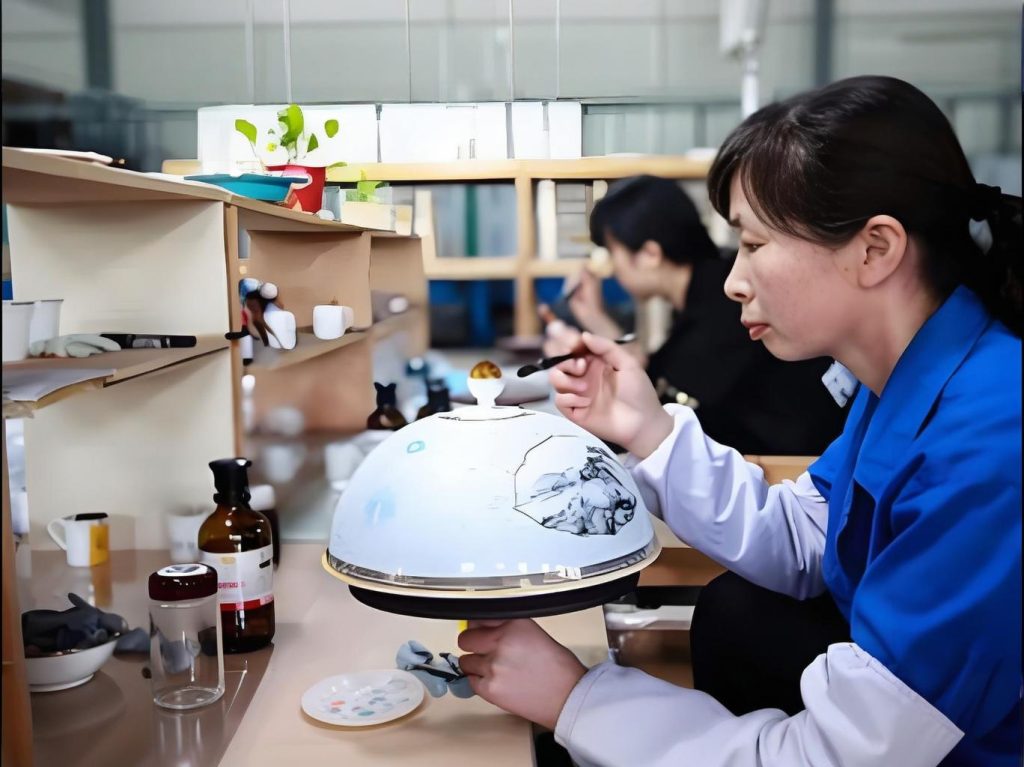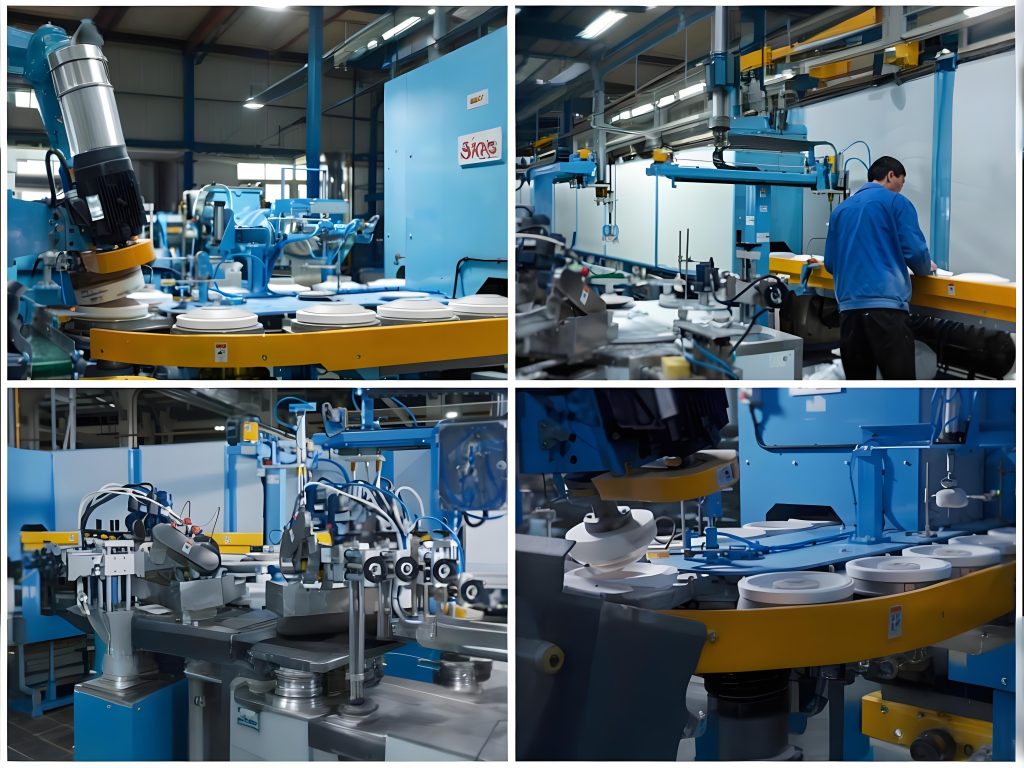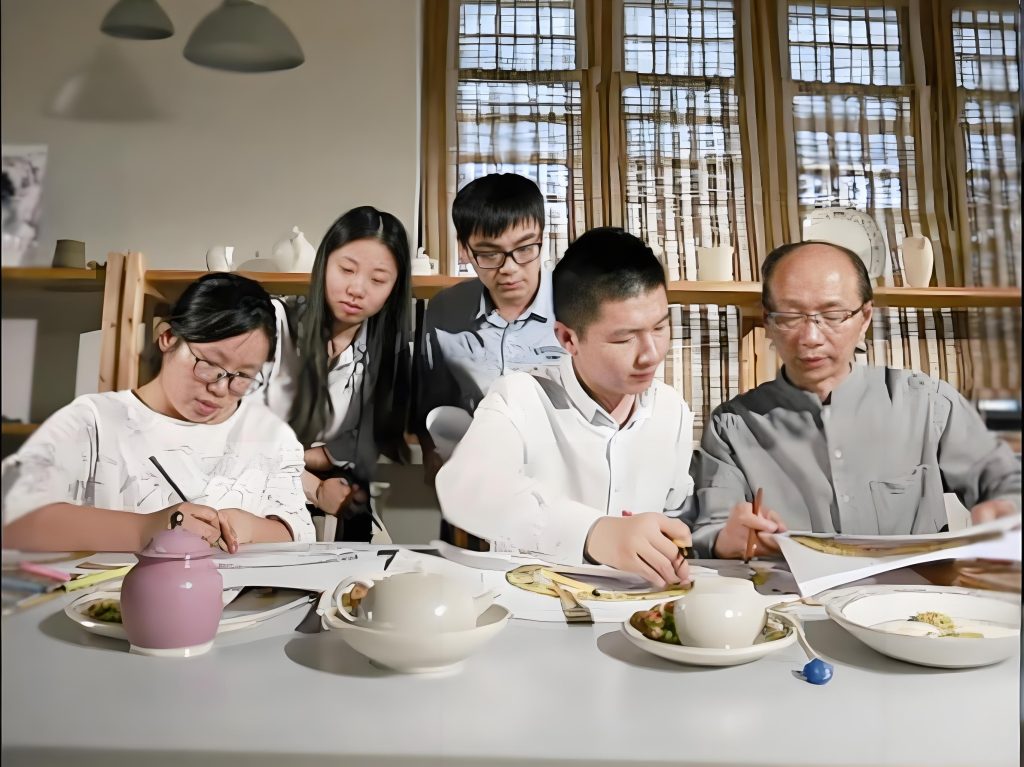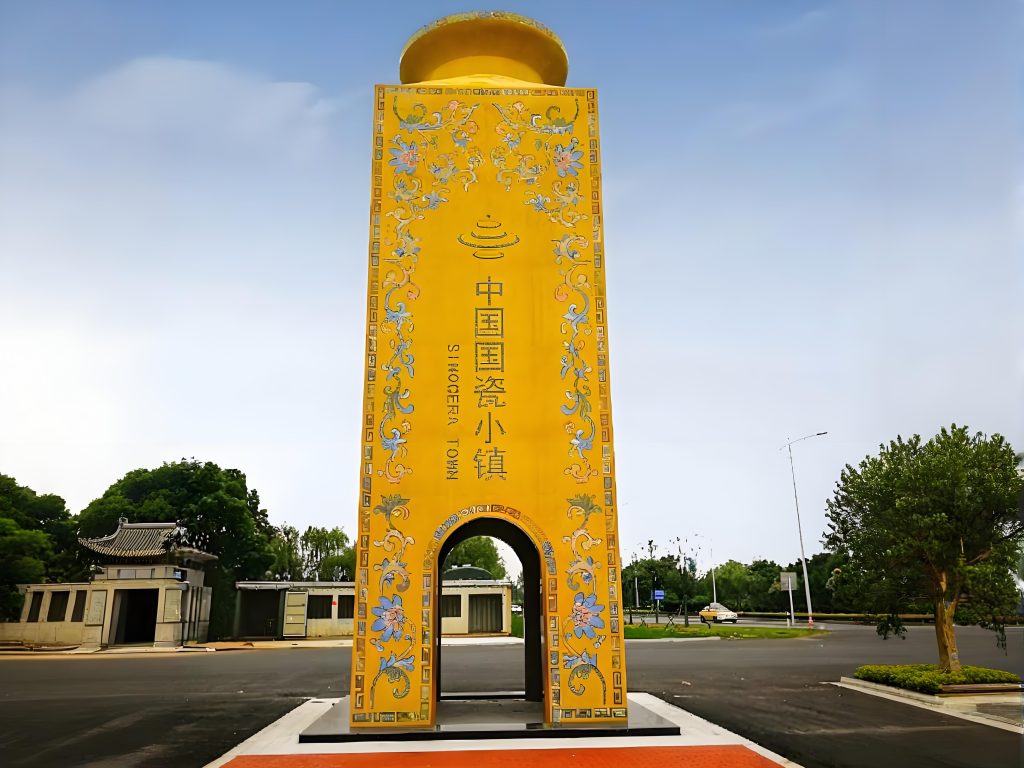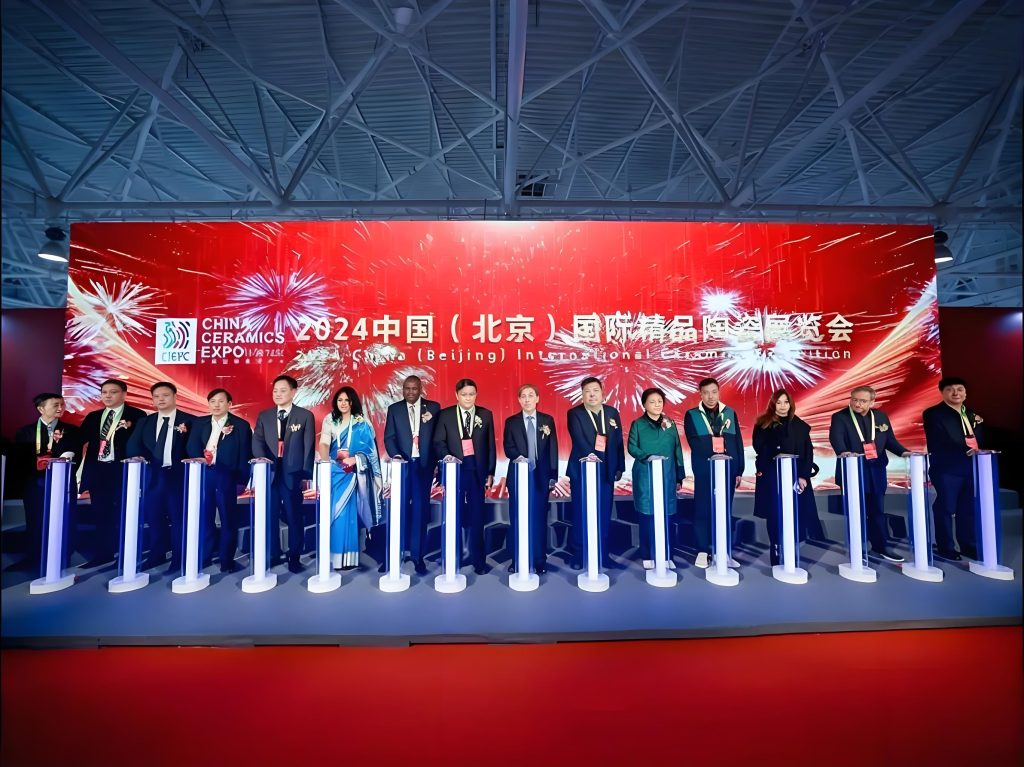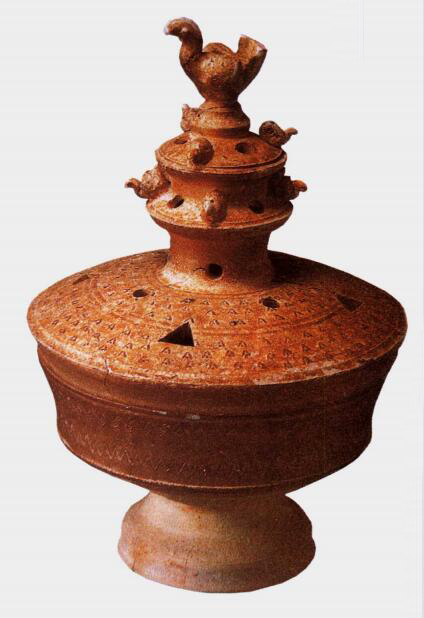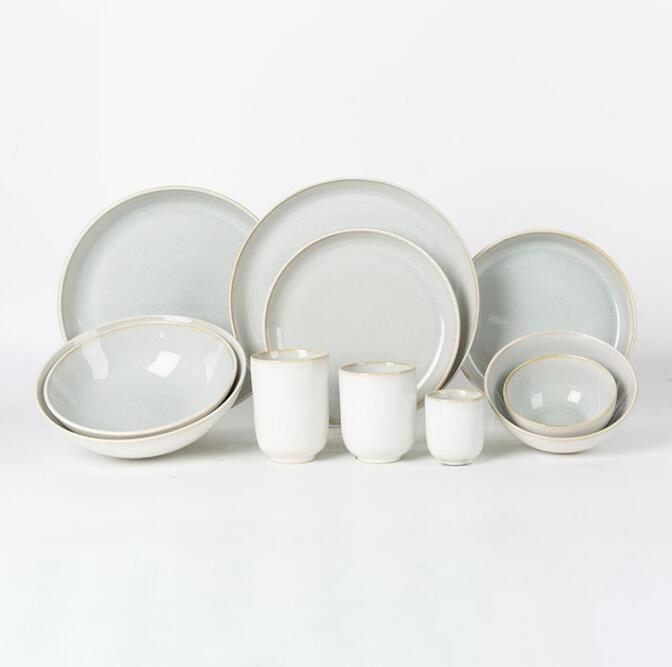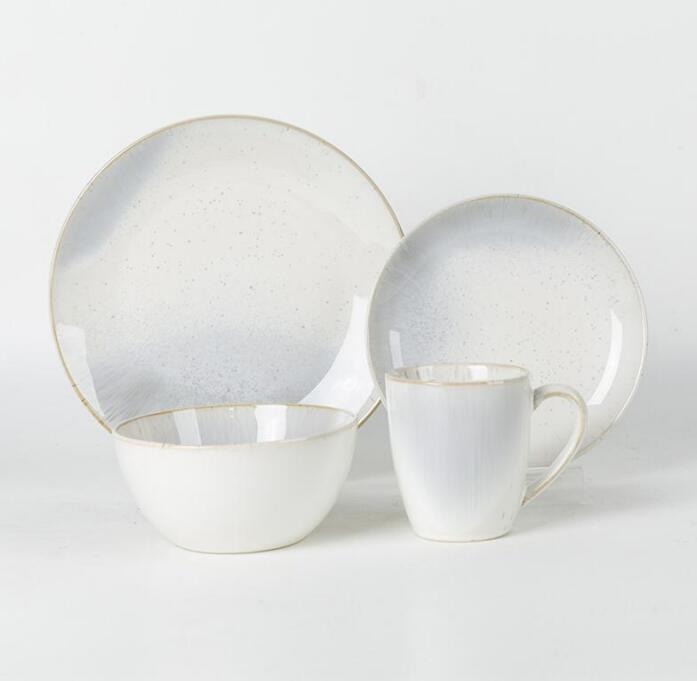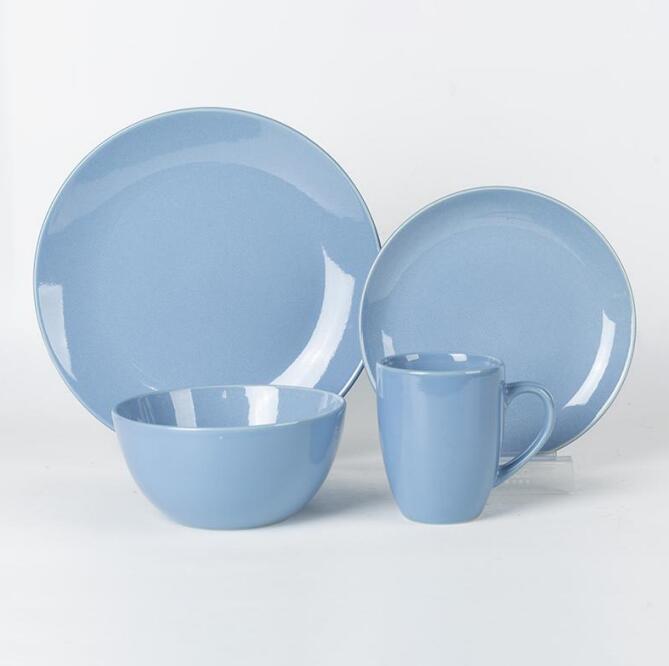Chinaware tableware has gotten global attention, going beyond the shores of China. It is now a relevant item in hotels and restaurants all over the world. Tourists and other individuals enjoy the full authentic experience of other cultures which isn’t complete without the full dining experience. So, our regular plates and cutlery take a more active role in the dining area.
For hotel and restaurant managers who want to improve their business, quality Chinese-style tableware is the right choice. It enhances guest satisfaction while celebrating the culture.
This guide will give you detailed insight into selecting, buying, and using Chinaware that are beautiful, durable and sustainable.

A Global Overview Of The Chinaware Tableware Market
The global tableware market has grown from $43.3 billion in 2023, and might reach $63.7 billion by 2030 with a steady 5.7% CAGR. The ceramic and porcelain tableware section had a $6.7 billion market in 2023, and will likely reach $8.1 billion by 2028.
Countries in the Asia Pacific region like China, are the top producers and exporters of ceramics. Despite the economic challenges in the world, its domestic tableware market reached 240 billion yuan in 2020.
Industry’s Unique Requirements for Chinese Tableware
Hotel and restaurant ceramics are different from the items you see in the average home. They are expected to meet specific demands and temperatures. These establishments require pieces that:
- can handle regular usage and commercial dishwashing
- Maintain its design despite regular use
- are easy to store in little spaces
- match the establishment’s brand image
- are versatile across different menu concepts and dining occasions
For hospitality businesses, tableware is a strategic investment that influences guest perception and experience. A good collection of Chinaware can change an ordinary meal into a memorable cultural journey.
Classifications and Characteristics Of Chinaware
Material Classifications
| Material Type | Characteristics | Best Suited For | Durability | Price Range |
| Bone China | Contains 30%+ bone ash; very translucent; lightweight; elegant appearance | Fine dining; luxury hotels; special occasions | High (despite thinness) | Premium |
| Porcelain | White appearance; versatile; professional look; good thermal properties | General restaurant use; versatile applications | Very Good | Moderate to High |
| Reinforced Porcelain | Contains magnesium compounds; resistant to chipping; commercial grade | High-volume operations; busy restaurants | Excellent | Moderate |
| Stoneware | Rustic appearance; excellent heat retention; distinctive textures | Casual dining; themed restaurants; authentic experiences | Very Good | Low to Moderate |
| White Porcelain | Common; affordable; clean appearance; less durable | Budget operations; high-replacement settings | Moderate | Low |
Functional Classifications
Different dining traditions require specific pieces: deep bowls for noodles and soups, flat-bottomed rice bowls, small plates for dim sum, specialized tea sets for traditional service, and distinctive serving platters that show the dining experience of Chinese cuisine.
Style Classifications
Chinese tableware covers traditional designs like classic blue-and-white motifs and traditional symbols to modern interpretations that blend Eastern designs with modern techniques. Fusion styles with Chinese elements and Western functionality have gained popularity in international hospitality settings.
5 Things You must Know When Buying Chinaware Tableware
When selecting Chinaware for hospitality operations, take note of the following factors:
Quality and Manufacturing Process:
A reputable manufacturer uses firing techniques above 1250°C. This practice produces pieces that can resist chipping and maintain their appearance for several years.
Beautiful and Functional:
Every ceramic in the restaurant or hotel should be functional. The weight, storage, edge strength and thermal properties should be checked before getting an item.
Cost and Long-term Value:
Quality tableware can be pricey but gives value through its extended lifespan. When you calculate the cost-per-use rather than focusing on the cost, you will see the value.
Sustainability Credentials:
Look for suppliers with transparent production processes, energy-efficient firing techniques, and waste reduction systems. These suppliers improve your brand identity in this era of eco-friendly activities.
Supply Chain Stability:
Get a supplier that can maintain consistent quality and timely deliveries. This factor will be important when replacing individual pieces in a collection.
Innovative Trends in Chinese Tableware for 2025
The Chinese tableware industry follows several emerging trends particularly relevant to hospitality professionals:
Cultural Fusion Designs: Contemporary Chinese tableware adds cross-cultural elements for the international audience while staying close to it’s roots.
Customization Services: Leading suppliers now offer personalized design services. They add brand elements, custom colors, and unique patterns that differentiate their dining experience.
Smart Tableware Integration: Emerging technologies like QR-enabled pieces that share information about regional cuisine or production techniques are creating interactive dining experiences that appeal to tech-savvy guests.
GC Porcelain: Your Partner in Chinese Tableware Excellence
Founded in 1958, GC Porcelain has established itself as a top brand in the Chinaware market. Its products are exported to over 100 countries. The company combines traditional craftsmanship with modern trends to create tableware that meets the appropriate standards.
GC’s competitive advantages include:
- Over 60 years of industry experience
- Rigorous quality control through a first-grade laboratory facility
- Comprehensive customization done by an experienced design team
- Strong sustainability credentials with high-temperature firing processes.
- Large capacity storage facilities and timely delivery
The company’s commitment to quality is recognized by the China Quality and Integrity Enterprise program and the State Administration of Quality Supervision.
A Practical Purchase Guide
Successful Chinese tableware procurement follows a structured approach:
Assess Your Needs: Use your menu, service style, and brand positioning to determine the appropriate tableware styles and quantities.
Select Suppliers: Evaluate potential partners based on product quality, customization services, minimum order, and delivery speed.
Test Samples: Request sample pieces for hands-on use in your kitchen and dining, including dishwasher testing and service simulation.
Inventory and Care: Train your staff on the use of these items. Regularly checking your ceramics for breakage and timely replacements will save you from a lot of stress.
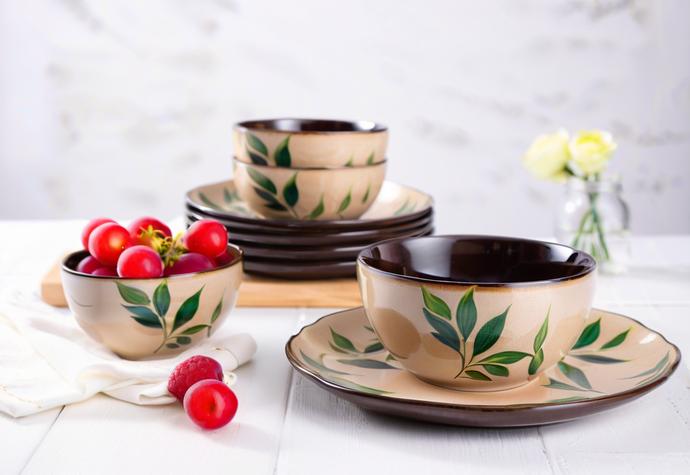
Conclusion
The best Chinaware Tableware for your restaurant and hotel must have great designs and also be functional. By selecting quality-focused suppliers like GC Porcelain with demonstrated expertise in hospitality applications, you can get immediate visual impact and long-term operational value.
Hospitality managers planning to improve their dining through chinaware tableware, GC Porcelain offers a rewarding partnership: combining traditional skills, modern manufacturing, and comprehensive service to meet the unique needs of today’s hospitality industry.
References
- Global Tableware Market Trends Report
- Ceramic & Porcelain Tableware Market Report
- Chinese Biodegradable Tableware
If you have any questions or need to custom dinnerware service, please contact our Email:info@gcporcelain.com for the most thoughtful support!
Welcome To Our Chinaware Tableware Production Line Factory!
Frequently Asked Questions


